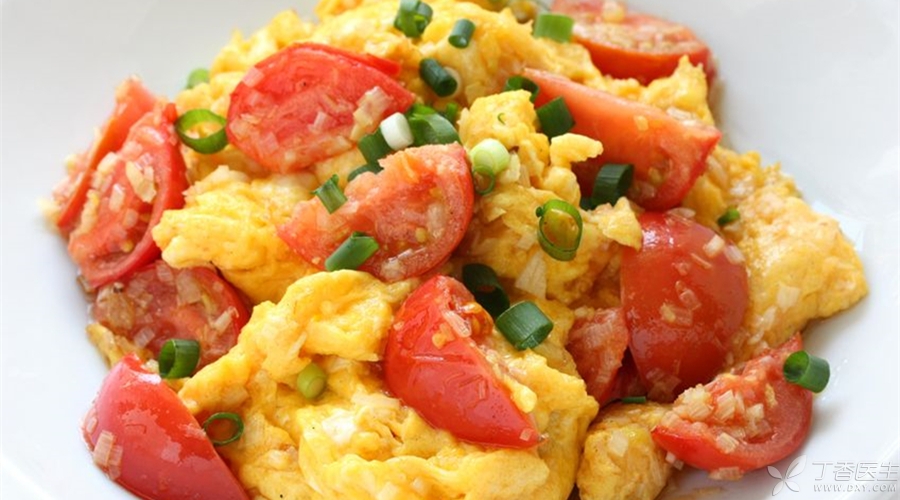
It is also eating. There is really a little difference between food and food.
For example, tomatoes can be scrambled eggs in and cold mixed in. They are delicious when eaten raw and cooked. They are not expensive and can be eaten all the year round.
Another example is eggs, which can be cooked, steamed, fried, fried, marinated and eaten alone. They can also be used for cooking, noodles and egg flower soup when matched with other ingredients.
The combination of these two foods, scrambled eggs with tomatoes, is the fastest home-cooked dish that is simple and easy to make basically zero mistakes.
What other such combinations are there? Today, Dr. Clove will tell you in detail.
1. Scrambled eggs with tomatoes: You can use no oil,
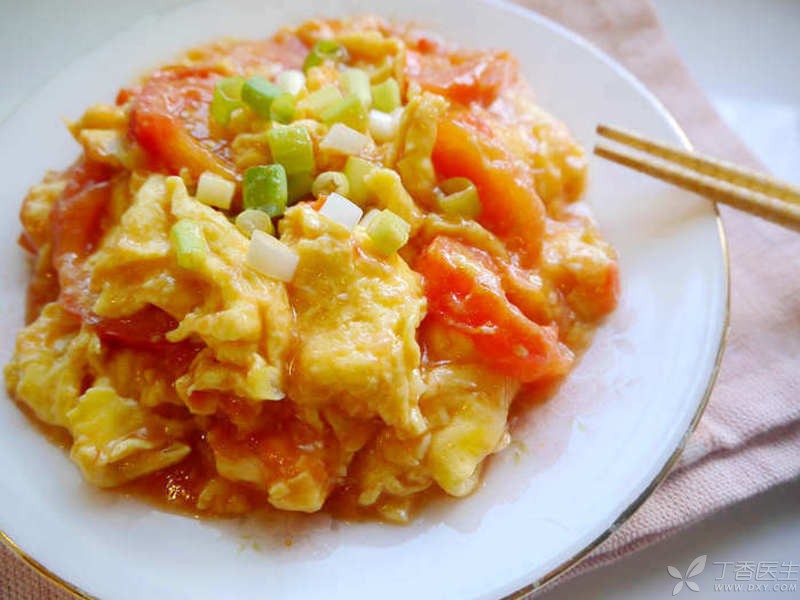
As a [national dish], scrambled eggs with tomatoes are worthy of the name both in taste and nutrition.
Tomatoes contain lycopene, which is fat soluble.
Some studies have found that lycopene after heat treatment with oil is easier to absorb than lycopene without processing.
The dish of scrambled eggs with tomatoes skillfully uses the fat in eggs, which is not only rich in nutrition, but also can promote each other in absorption.
By the same principle, tomatoes can also be matched with tomato fish, tomato beef and other delicious foods. It’s really necessary to eat an extra bowl of rice just to think about it.
In this way, you can even use no oil at all. Making tomato and egg soup is equally nutritious.
2. Fish Head Tofu Soup: A Good Source of Calcium Supplement
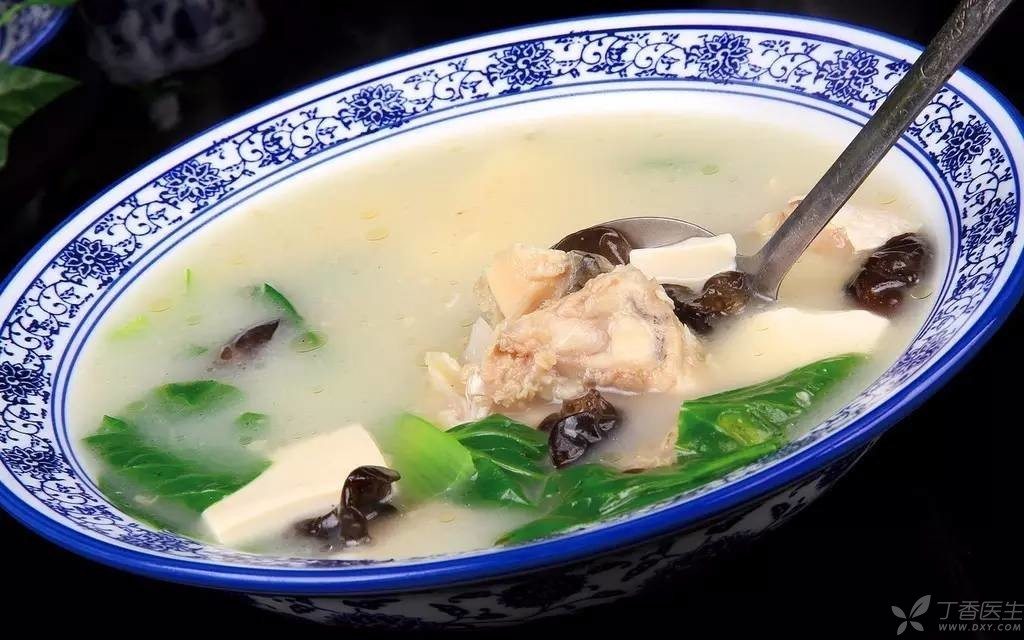
Tofu is rich in calcium, and some fat-rich fishes (such as carp) also contain more vitamin D.
When the two are matched together, vitamin D can promote calcium absorption in the small intestine and enhance the body’s intake and utilization of calcium.
In addition to traditional tofu, calcium-rich foods include other bean products, milk, some dark green leafy vegetables (such as shepherd’s purse and rape), nuts (such as hazelnuts and black sesame), fish, shrimp and shellfish (such as stone snails, canned dace and grass shrimp), etc.
Foods containing more vitamin D are mainly marine fish (such as sardines, sharks, sea bass), animal liver, egg yolk and other animal foods with high fat content.
Therefore, the same reason, such as milk and egg custard, cheese baked salmon, etc., are also good combinations of [calcium + vitamin D].
3. Spinach Pig Liver: Promoting Iron Absorption
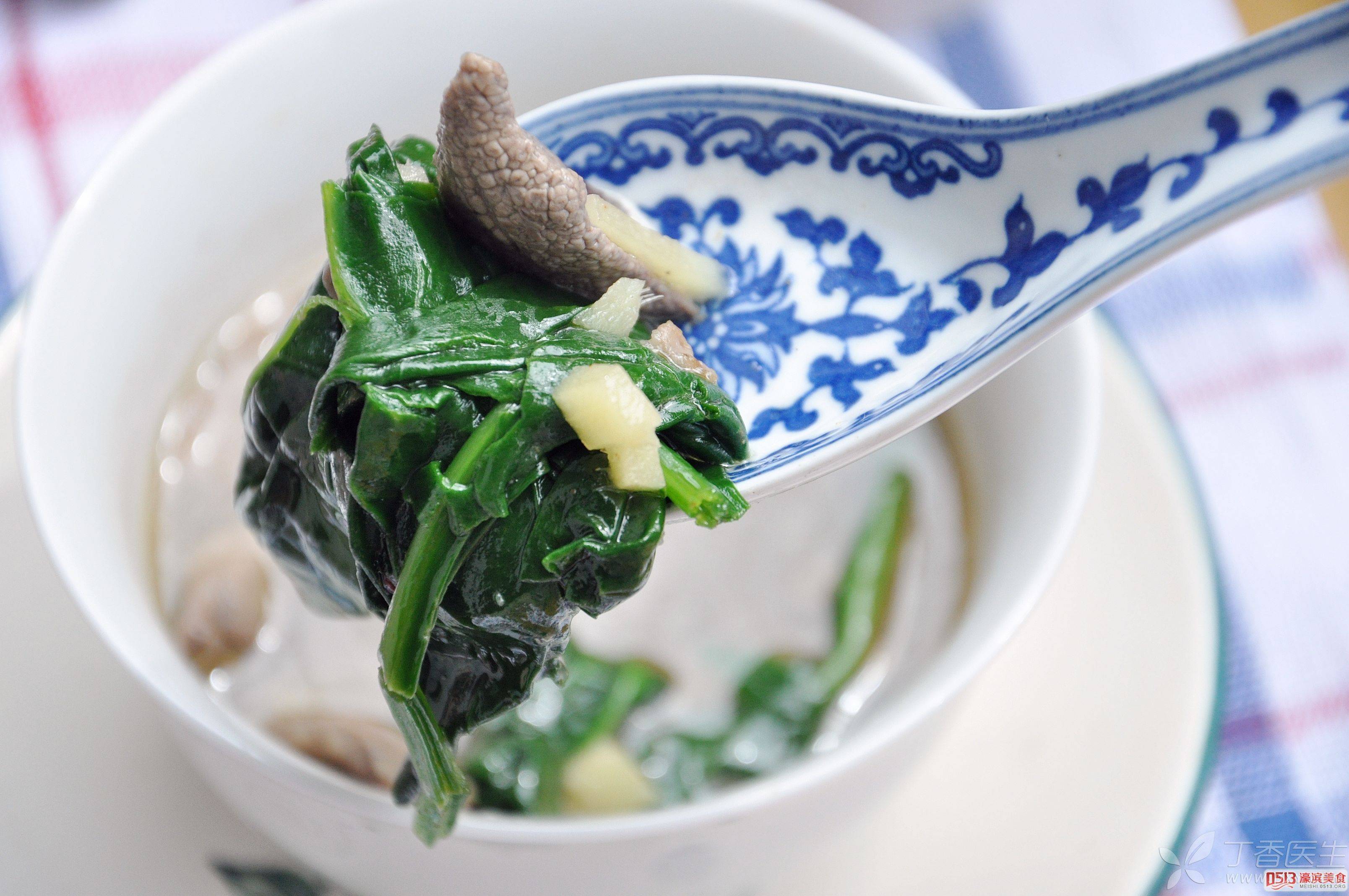
This is because spinach is rich in vitamin C, which can help pig liver to better convert and utilize iron.
Spinach pork liver soup can help prevent and assist in the treatment of iron deficiency anemia, especially suitable for children who are partial to food, women after menstruation, pregnancy and lactation, and people suffering from iron deficiency anemia.
Of course, besides pork liver, there are other animal livers, animal blood and red meat in foods rich in iron.
Fresh vegetables rich in vitamin C include kale, sweet pepper, mustard, pea seedlings, cauliflower, balsam pear, broccoli, etc. in addition to spinach.
From this, we can see that fried duck blood with green pepper, fried beef with kale, fried mutton with broccoli, etc. are also well matched iron-supplementing dishes.
4. Miscellaneous Bean Rice: Delicious and Nutritious
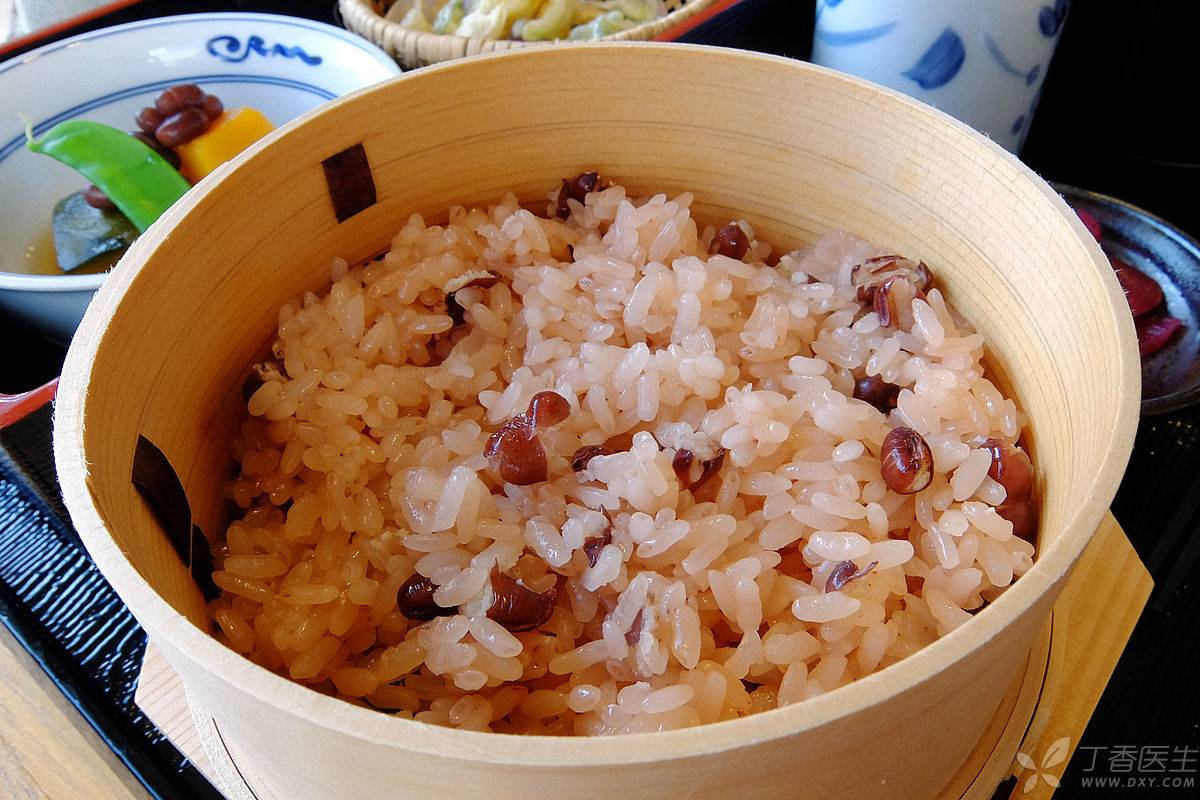
Lysine content in cereal (such as rice) protein is relatively low, while miscellaneous beans (such as red beans, mung beans, flower beans, kidney beans, peas, chickpeas and broad beans) protein is rich in lysine, but methionine content is relatively low.
When the two are eaten together, the nutritional value of cereals can be improved through the complementary effect of food proteins.
Having said the good matches, let’s talk about those bad matches:
1. Potato Shreds with Rice: Too Many Staple Food
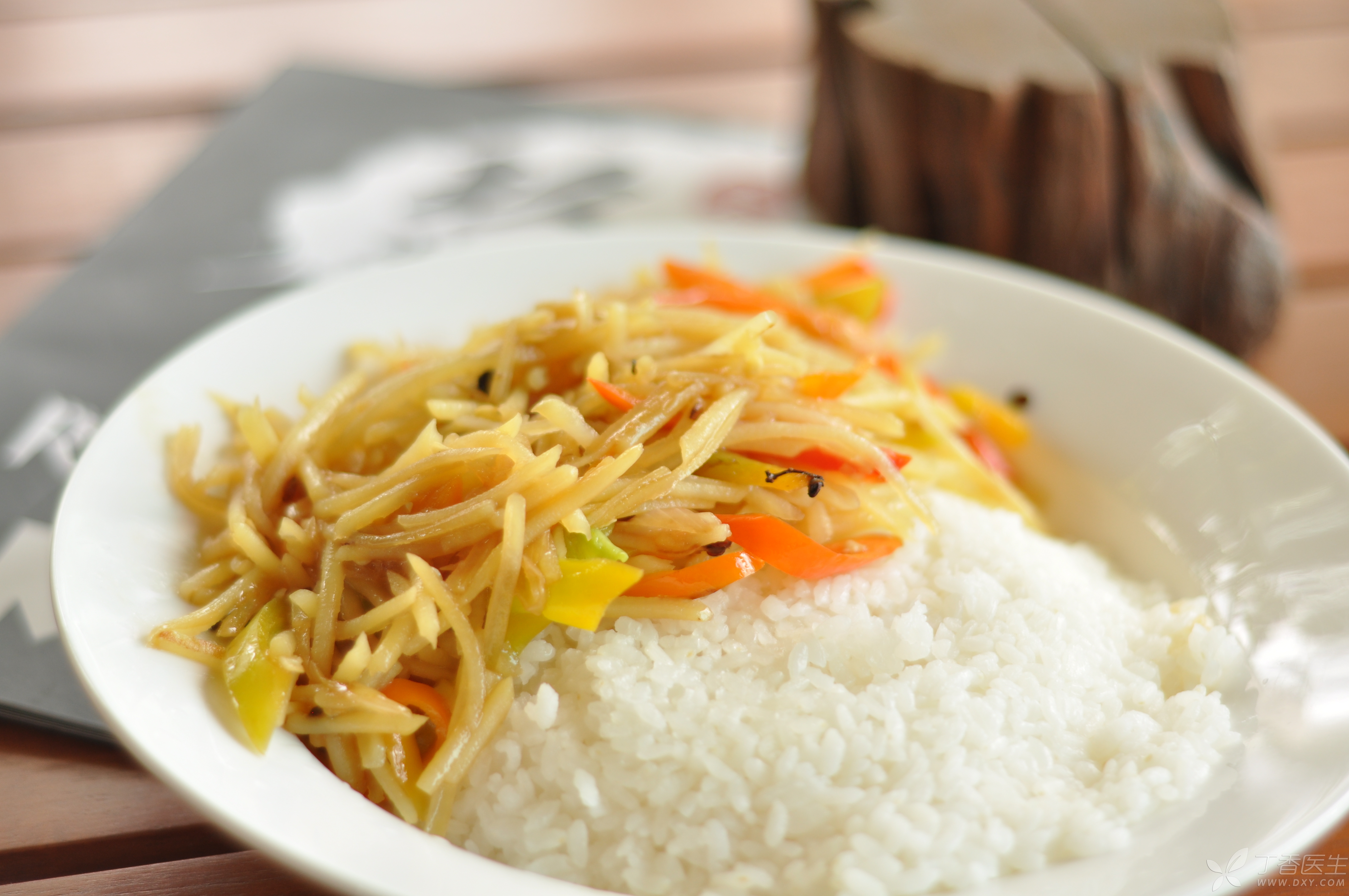
As another [national dish], fried potato shreds are not as good as fried eggs with tomatoes in terms of nutrition.
However, it is not entirely the fault of potato shreds, saying that its nutrition is not so good, mainly because there is a problem with the matching.
Most people think potatoes are a kind of vegetable, many people like to eat white rice with a plate of potato shreds, and some people’s favorite fast-hand lunch is potato shreds covered with rice.
In fact, eating like this is equivalent to eating two staple foods.
From a carbohydrate point of view, potatoes contain nearly three times as much carbohydrate as pumpkins and are closer to rice. The same is true from a caloric point of view. A plate of sour and spicy potato shreds (calculated at 300 grams) contains 365 kilocalories, equivalent to 2 small bowls (150 grams/bowl) of rice.
Therefore, it is better to avoid this kind of food with potato shreds and rice as much as possible. If you eat potatoes in a meal, you should also reduce the amount of staple food accordingly.
2. Stir-fry carrots with oil: Too much oil
I believe many people have heard such words as “carrots must be fried” and “carrots eaten raw are eaten for nothing”.
It is true that the-carotene contained in carrots is fat soluble. But in fact, as long as there is fat in the food entering the small intestine, it can help-carotene to be absorbed.
If carrots are fried with a lot of oil, on the one hand, it will increase the intake of excess oil, which is not conducive to weight control. On the other hand, it may also cause waste of nutrition.
Imagine, when a lot of oil is added to fry carrots, will the frying pan and plate be covered with golden grease? This is the dissolved carotene.
If you don’t eat it clean, it will be wasted. If you eat it clean, you will eat it together with oil. Is this really not afraid of being fat?
In fact, the best way to eat carrots is:
Steam or boil the carrots, and then eat them with meat, eggs, milk and other meat dishes. For example, after eating steamed carrot strips for breakfast, drink a glass of milk or eat an egg.
If you are still not at ease, you can also refer to the principle of scrambled eggs with tomatoes and let carrots be cooked together with oily foods, such as stewed mutton with carrots, fried meat slices with carrots, roasted beef with carrots, etc.
3. Cake and Milk Tea: The Main Cause of Fat
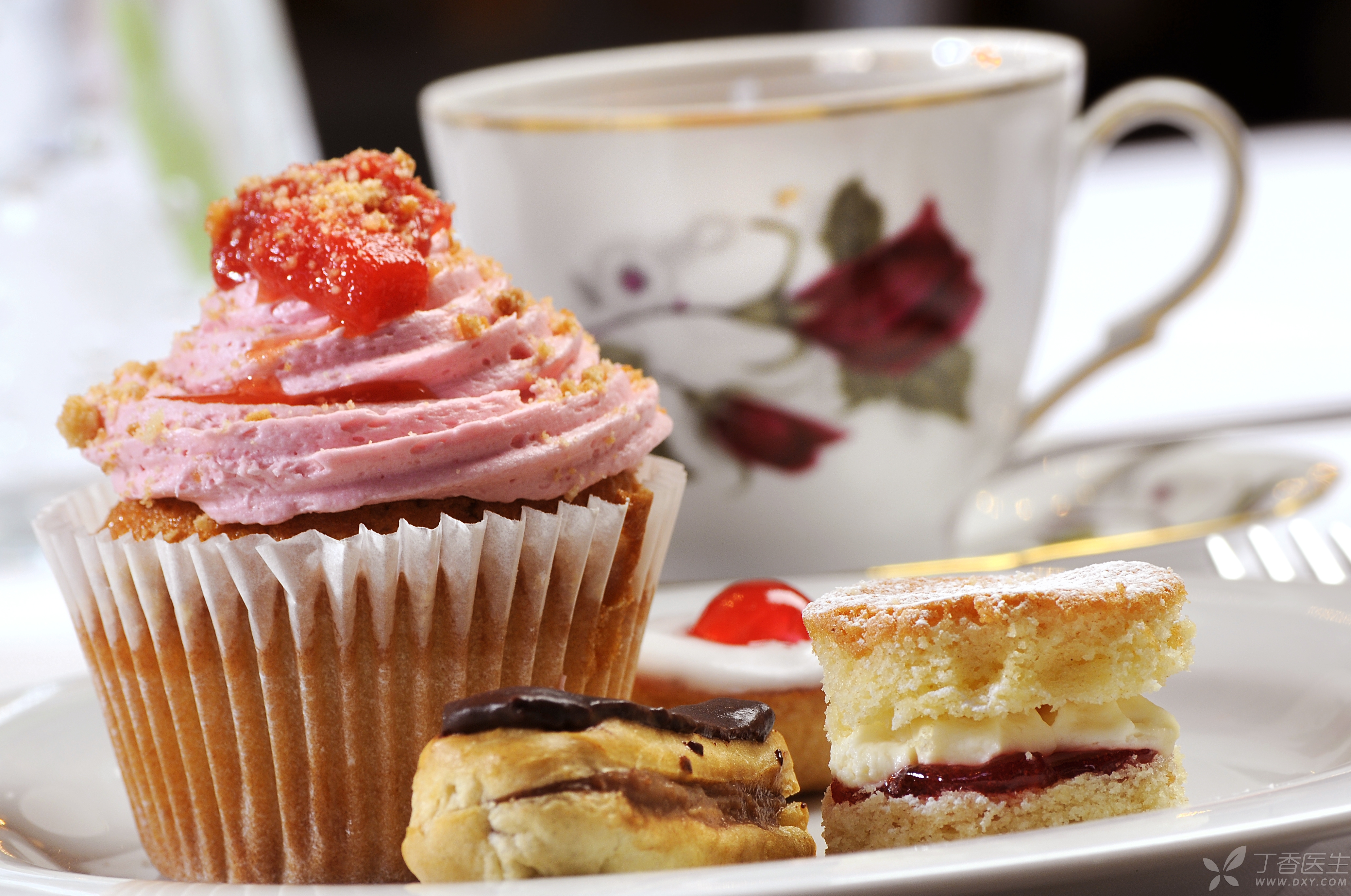
Many office workers like to take [cake and milk tea] as afternoon tea, which is a big combination of getting fat.
Because whether it is cake or milk tea, there are often a lot of sugar and oil.
If you have a special liking for milk tea, it is recommended that you try to choose some milk tea made of milk with no or less sugar. Of course, it is also good to make milk tea with milk and black tea bags.
As for cakes, it is suggested to avoid words such as [hydrogenated vegetable oil], [margarine], [shortening], [margarine] in the ingredient list as much as possible, and to choose some original cheese cakes, etc.
Having said so much, the best afternoon tea is actually:
Original nuts (such as almond and pine nuts), fresh fruits (such as bananas and apples) or dried fruits (such as raisins and red dates), pure oatmeal, and dark chocolate with high cocoa content.
In other words, try to choose fresh and natural varieties and avoid varieties with high sugar, oil and salt.
Finally, I would like to remind you that even if it is a healthy afternoon tea, don’t be greedy, otherwise you will be the next fat one.
4. Rice Congee with Pickles: Not Nourishing Stomach
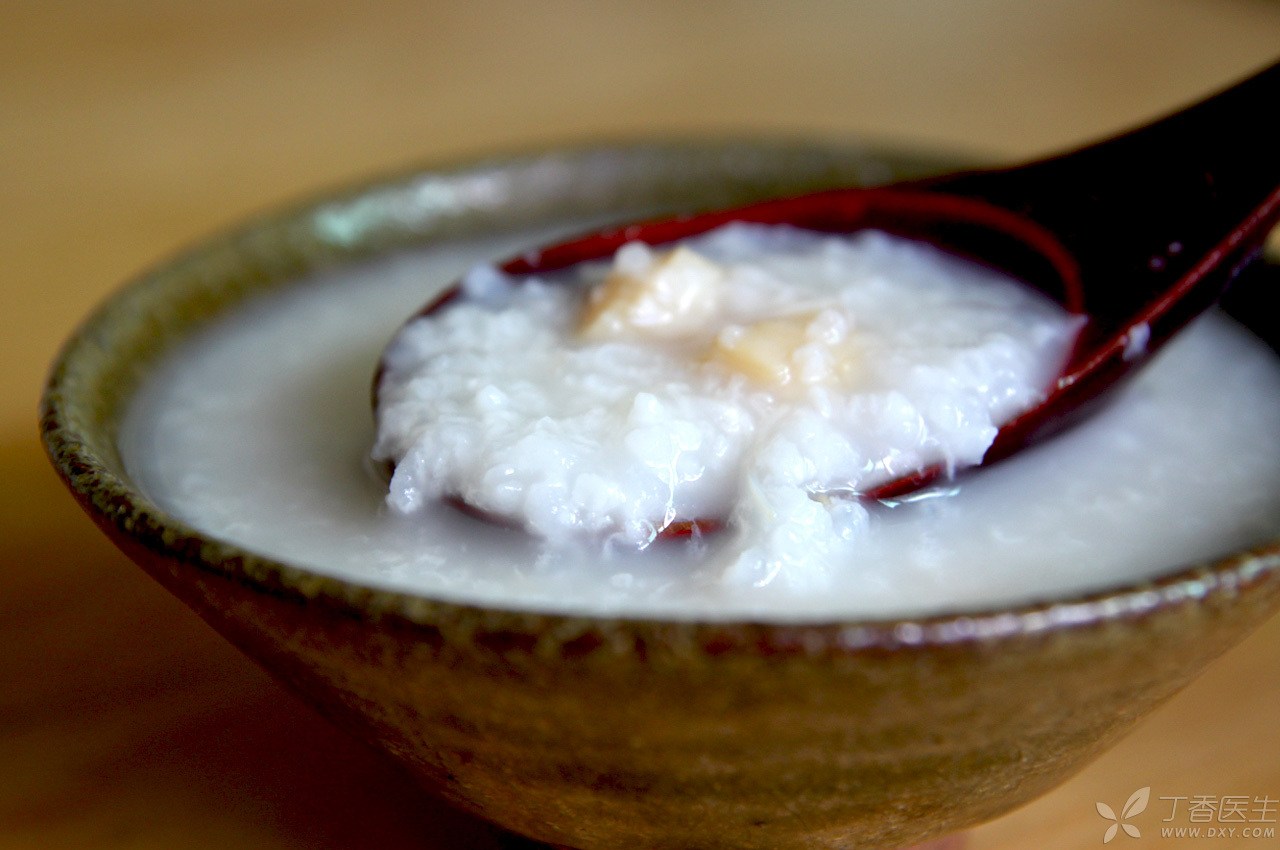
Some people like to eat rice congee with pickles and think it is very nourishing for the stomach. In fact, this combination not only does not nourish the stomach, but also has poor nutrition.
Let’s talk about rice congee first. Rice congee is mainly gelatinized starch, with low protein content and almost no fat. It is very easy to digest. When gastrointestinal function is relatively poor, it can really reduce some burden on gastrointestinal tract.
However, if the gastrointestinal function is normal, it is not recommended to drink rice congee for a long time, because it may make the gastric digestion function worse. If the gastrointestinal tract is really uncomfortable, the reason should be found out first, and then targeted improvement should be made.
In addition, rice congee lacks high-quality protein, and the content of some vitamins and minerals is not high. Long-term drinking of rice congee is not conducive to gastrointestinal health.
As for pickles, they are far less nutritious than fresh vegetables, such as vitamin C, but contain too much sodium. Excessive sodium intake is related to hypertension, gastric cancer and stroke. Moreover, pickles may also contain too much nitrite, which can also increase the risk of gastric cancer.
It is suggested that rice congee should be upgraded to millet congee and yam congee next time after big fish and big meat, and pickles should be replaced by fresh vegetables with light oil and salt, such as boiled lettuce and cold spinach.
